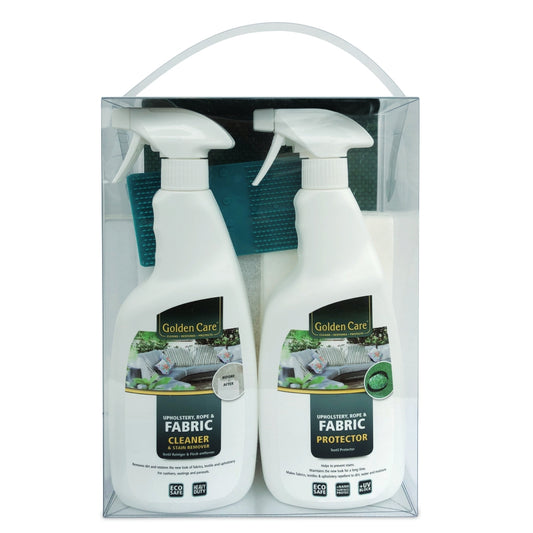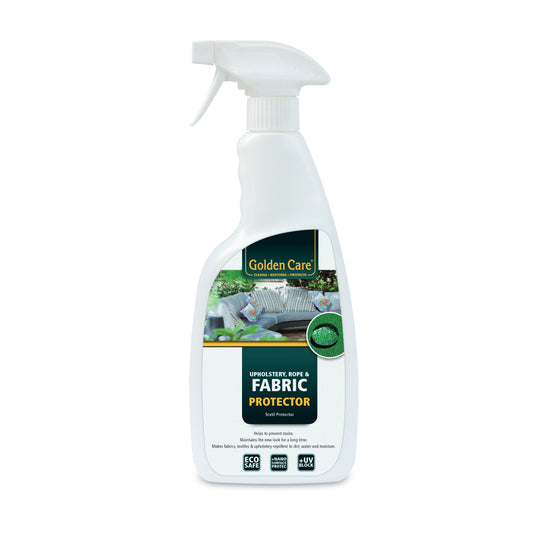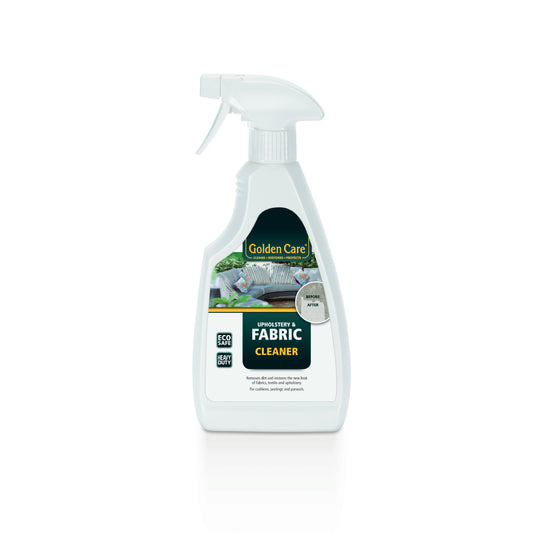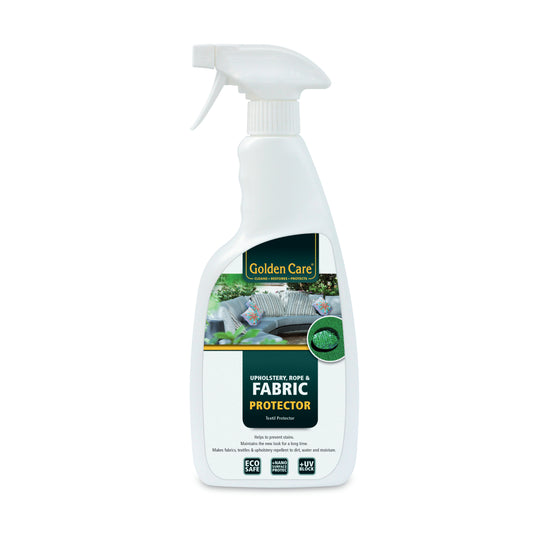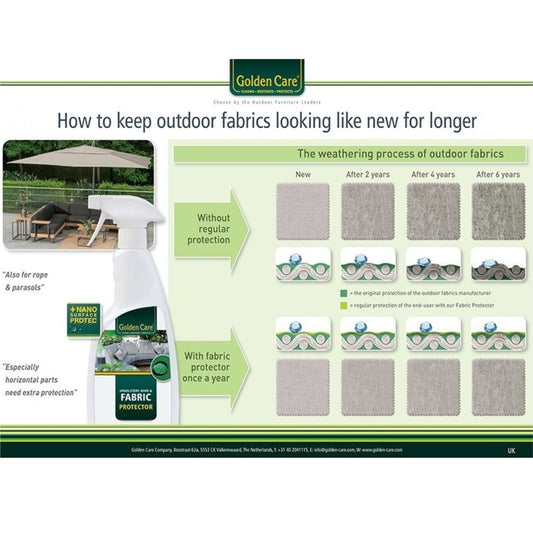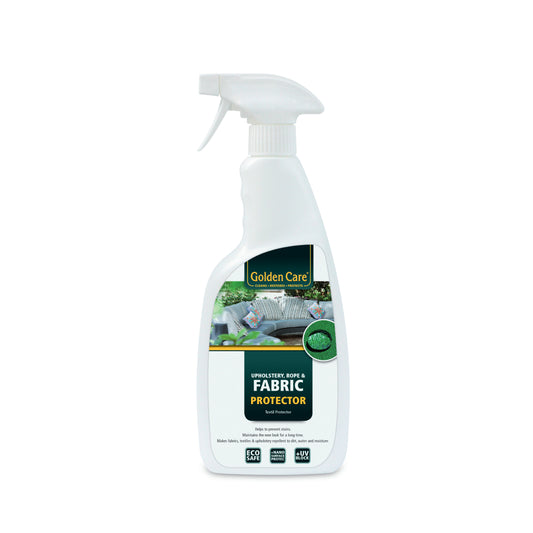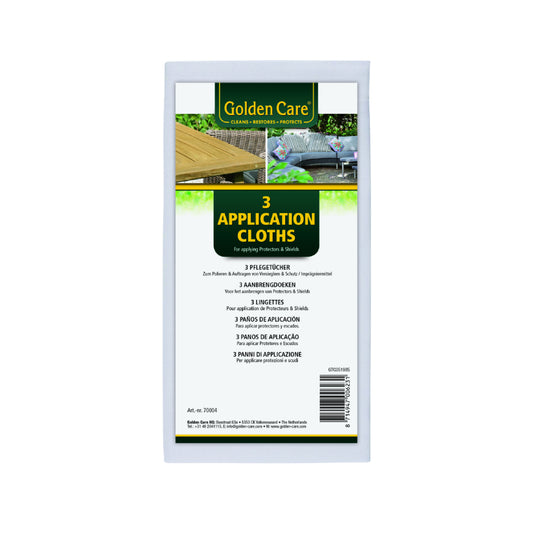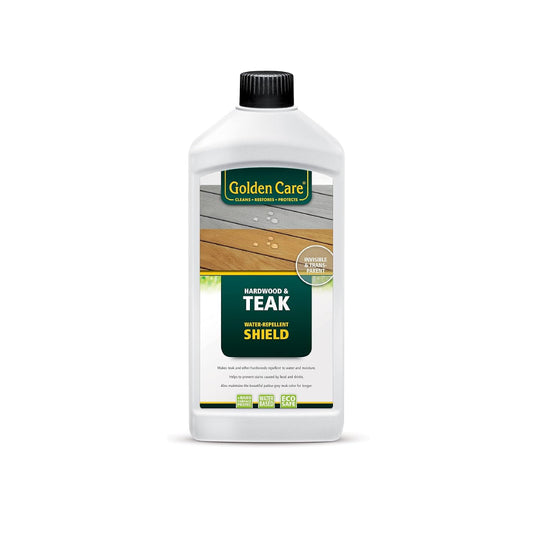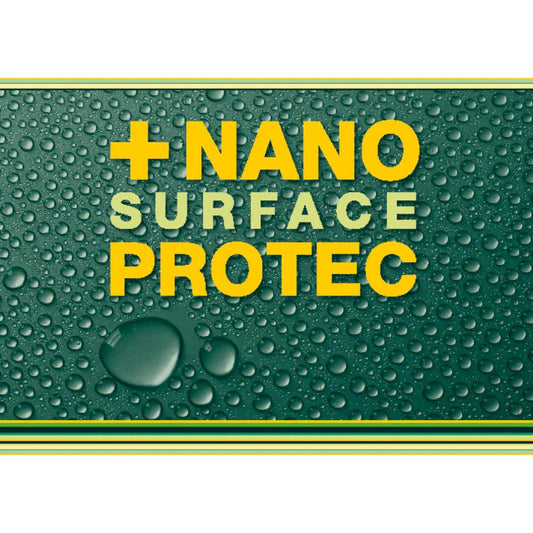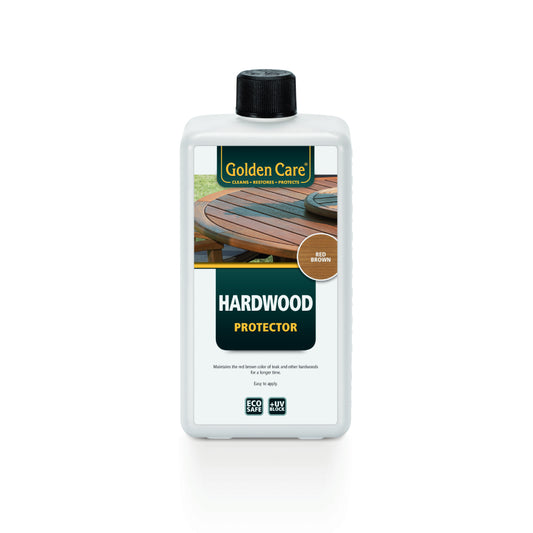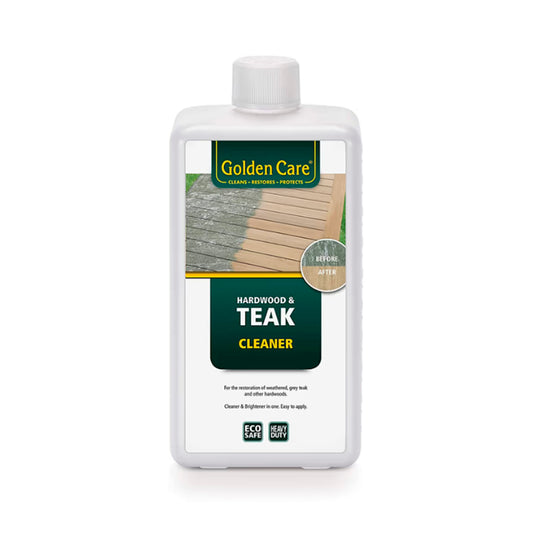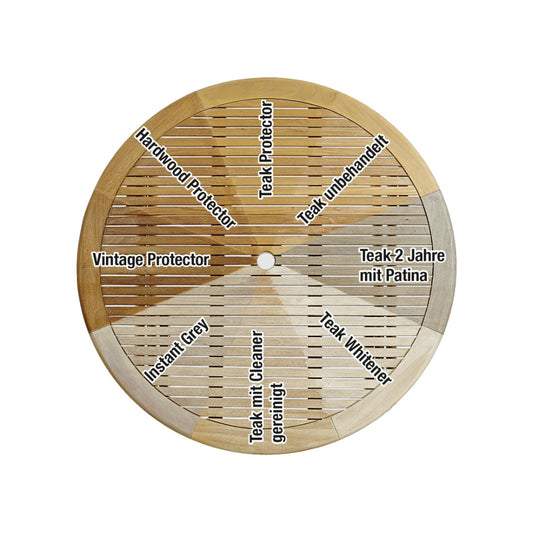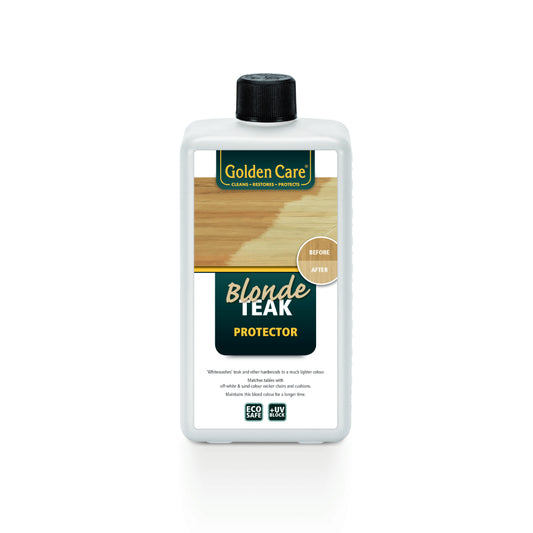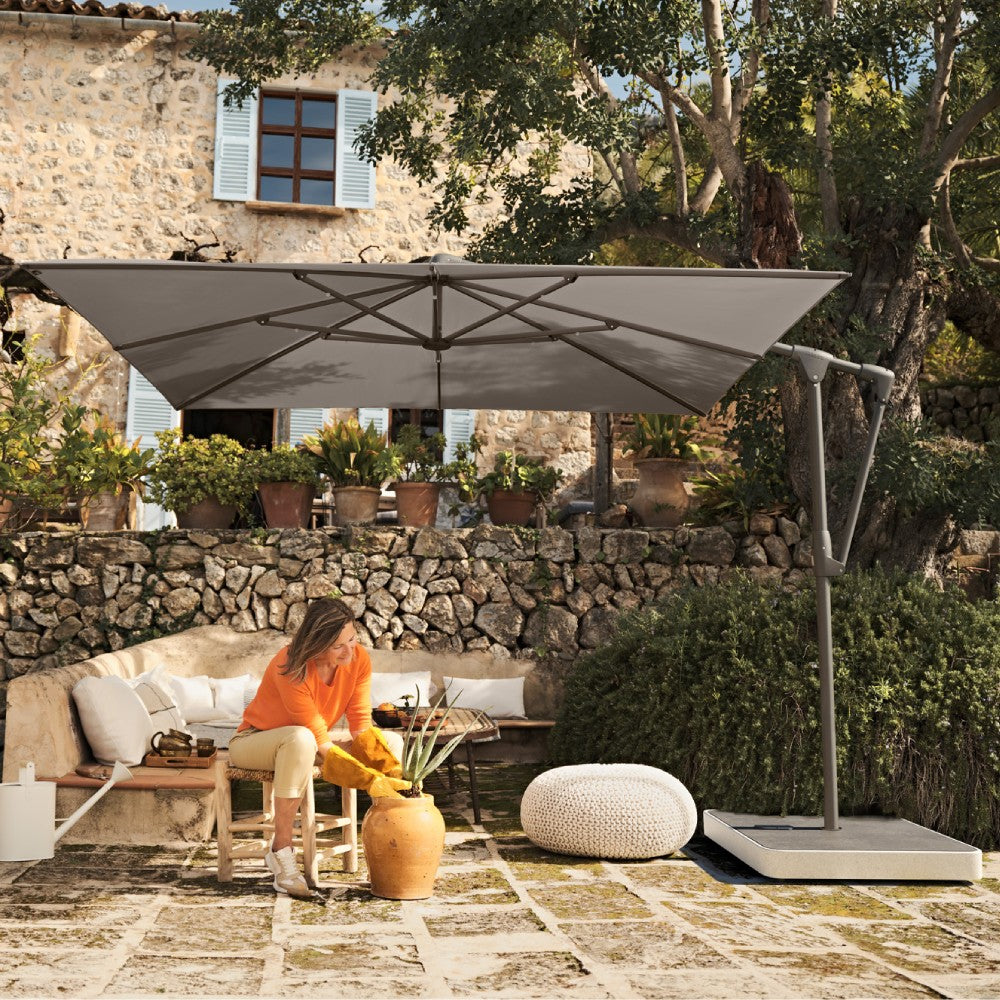
Parasol Care & Maintenance
Your guide to long-lasting shades
The summer time is the moment that we bring out the shades or start looking to buy a new one. During this time they remain outdoor for extended periods of time and have to resist the harsh sunrays, wind and other atmospheric conditions. For that reason, it is important to follow the best maintenance practices, to ensure that your parasol lasts for years to come.
Shades sold at Alaire Living are made from the best parasol manufacturing brands. Although Alaire strives to offer its clientes high quality shading solutions, a regular upkeep is imperative for the extension of a parasols life span.
For a clearer understanding of how to go about the maintenance of your shades, parasol care and maintenance can be divided into 4 main groups: the canopy, mast, storage and the repairs.

Canopy
The fabric element of the parasol that is spread out on the frame, creates shade and protects users from the sunrays.
The canopy of your parasol can be removed to facilitate the cleaning process. Depending on the level of dirt, you can either clean it by hand or if dry cleaning is necessary, we recommend you contact a specialist in cleaning polyester and polyacrylic fabrics.
Cleaning methods for light dirts and stains
- With a soft and clean dry brush, you can brush off any light dirt when the canopy is dry.
- Light stains can be washed away with lukewarm water, a soft brush and detergent. Rinse thouroughly and allow the fabric to dry completely. Use a commercial weather-proofing agent to protect the fabric from moisture, dirt and other environmental factors.
Mould stains
Mould stains are damages due to dampness which, for example, create a yellowish, greenish or brownish colouring on textiles, usually accompanied by mould. In order to minimise the risk of mould-stain formation on the coating and protective cover, we recommend that you follow these pointers:
-Sunshades that are closed when wet or damp must be opened up again for drying as soon as possible.
- Even if the sunshade is closed and the protective cover is used, humidity and mould spores can get to the sunshade cover / protective cover. We therefore recommend that the sunshade be opened from time to time and allowed to dry.
- We advise against keeping sunshades outdoors during the winter, because the formation of condensation is favourable during the winter climate, and this dampness remains in the protective cover for a longer period of time due to a lack of aeration.
Good maintenance practices
- When opening, closing or adjusting the sunshade, make sure that the material doesn‘t rub against walls or other obstacles, or get caught-up in the frame.
- Make sure that sunshades are closed properly with the single fabric panels folded outwards. Sunshades must not be allowed to flutter and flap in the wind to avoid premature wear.
- Shades which were closed in a wet or damp state should be opened up again to dry as soon as possible.
- Damp or wet fabrics must never be left rolled up or folded for long periods of time. Fold marks appear when producing and folding awning materials. In this case, particularly with light colours, on top of the folds there may be surface effects that appear darker when held against the light.
- Micro-bacterial decay may occur on the fabric. To avoid this from happening fallen leaves and insect excrement should be removed immediately and not left on the canopy for logn periods of time.
- Never use aggressive detergents with a PH 7 balance value or higher.
-
Vendor:Golden Care
Fabric Care Kit Cleaner and Protector 2 x 750 ml
Regular price 48,75 €Regular priceUnit price / perFast shipping
-
Vendor:Golden Care
Fabric Cleaner 500 ml
Regular price 10,55 €Regular priceUnit price / perFast shipping
-
Vendor:Golden Care
Fabric Protector 500 ml
Regular price 26,00 €Regular priceUnit price / perFast shipping
-
Vendor:Golden Care
Fabric Protector 750 ml
Regular price 24,00 €Regular priceUnit price / perFast shipping
-
Vendor:Golden Care
Application Cloths
Regular price 2,75 €Regular priceUnit price / perFast shipping
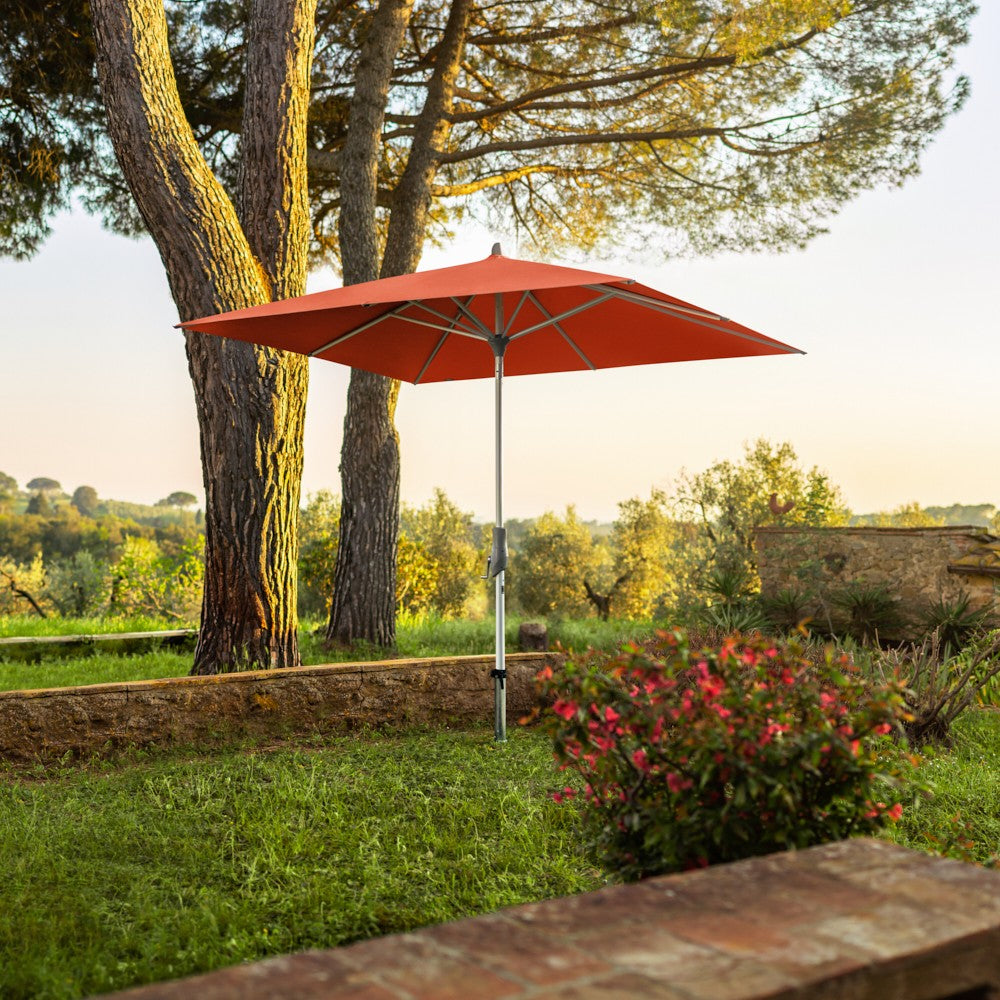
Mast
The vertical pole that provides height and stability to the shade. The mast supports the frame and canopy, and is ussually made of stainless steel, aluminium or wood.
Stainless Steel
Stainless steel is used due to its corrosion resistant properties, however small, brown spots can appear on the surface due to the effects of salt or chlorine exposure. Neither of these factors affect the durability and lifetime of the parasol but to reduce the superficial discoloring that they cause it should be cared for from time to time, cleaning is required for it to maintain its new and original aspect.
If brown spots appear on the stainless steel, wipe the surface with a sponge (always in the direction of the surface treatment). If the spots are older, a stainless steel cleaner should be used.
Aluminium
Aluminium is also a very low-maintenance material to care for. Any dirt should be wiped with a damp cloth and then dried with a soft cloth.
Teak
Teak used frequently due to its high weather-resistance features. With time, a patina does apear on the most outer layer of the material which can be rubbed off easily with a soft scouring pad and warm water. The patina that teak wood acquires over time gives a light silver-grey appearance, if you wish to maintain the original wood colour, after the removel of the outer layer, you can apply a layer of teak oil. This will preserve the wood colour and also delay the natural ppearance of the patina once again.
Eucalyptus and Ash
Hardwoods are also used in some parasol models. Varnished eucalyptus and ash, like all other wood, requires preventative maintenance practice to be applied atleast 1 to 2 times a year, depending on the location, environment and level of contamination.
1. Remove the canopy from the frame to prevent contamination or oil stains on the fabric. If only the mast needs maintenance, the canopy does not need to be removed. However, ensure that the oil/sand paper does not come into contact with the canopy.
2. Clean the frame (mast and struts) with a fine, clean, damp cloth and then let dry.
3. Lightly sand the frame (mast and struts) with sandpaper for wood in 240 grit.
4. Remove any sanding dust from the surface.
5. Rub the frame (mast and struts) with a fine, clean, oiled cloth and then let it dry for
at least one hour. Oil cut edges and cut surfaces especially well.
6. Wipe the frame (mast and struts) with a fine, clean, dry cloth.
7. If necessary, reattach the canopy to the frame.
It is recommended to keep the frame as dry as possible and to always use the protective cover when not in use. Dry the wood with a soft cloth. Dirt should be wiped off with a damp cloth and the wood then dried with a soft cloth.
-
Vendor:Golden Care
Hardwood and Teak Shield + Nanosurfaceprotec 1L
Regular price 32,20 €Regular priceUnit price / perFast shipping
-
Vendor:Golden Care
Hardwood Protector 1 L
Regular price 25,50 €Regular priceUnit price / perFast shipping
-
Vendor:Golden Care
Hardwood and Teak Cleaner 1 L
Regular price 17,35 €Regular priceUnit price / perFast shipping
-
Vendor:Golden Care
Blond Teak Protector 1 L
Regular price 27,65 €Regular priceUnit price / perFast shipping

Storage
When not in use, it is recommended that the parasol is stored in a dry and sheltered environment to increase the service life.
Extended exposure to sunlight, wind, rain, snow and other extreme weather conditions affects the life-span of the parasols. Although Alaire offers parasols of high quality that that meet the industry standard for outdoor items, weather-related wear and tear over time is not avoidable. To reduce this issue and increase the protection of your parasol, we greatly recommend that a proctective cover is used everytime it is outdoors and not in use. We also recommend that it is stored away during the winter months.
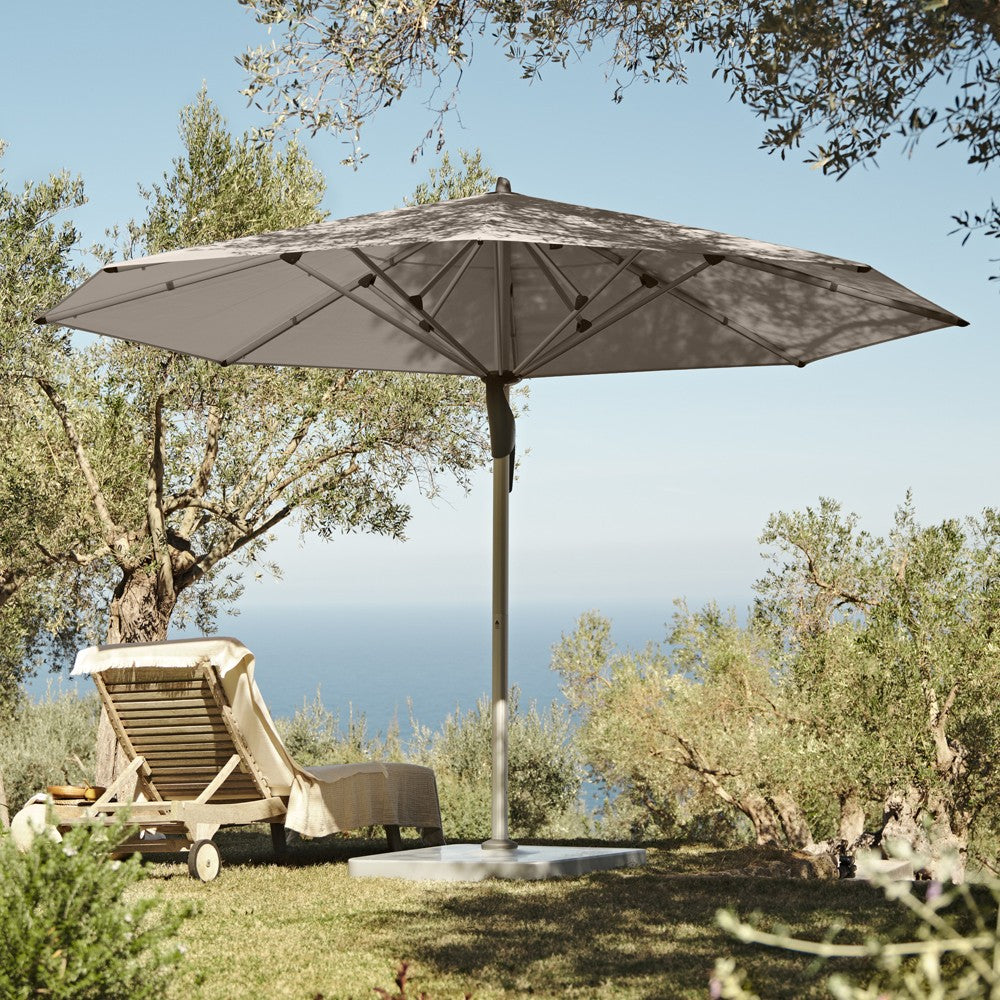
Repairs
Due to frequent use or extreme weather conditions, parasols may need from time to time to be repaired.
Parasol owners can carry some repairs on their own and specific spare parts such as roof struts, ribs and rib ends can be purchased by contacting us directly. Depending on the parasol model, technical expertise may be required, that is why at Alaire Living, we offer our customers repair and maintenance services. We are happy to help in maintaining the longevity of your parasol.
You can view more Golden Care maintenance videos here.
Need further assistence?
Let us know what product you are looking to maintain and one of our staff members will be glad to help you discover the best maintenance solutions.

